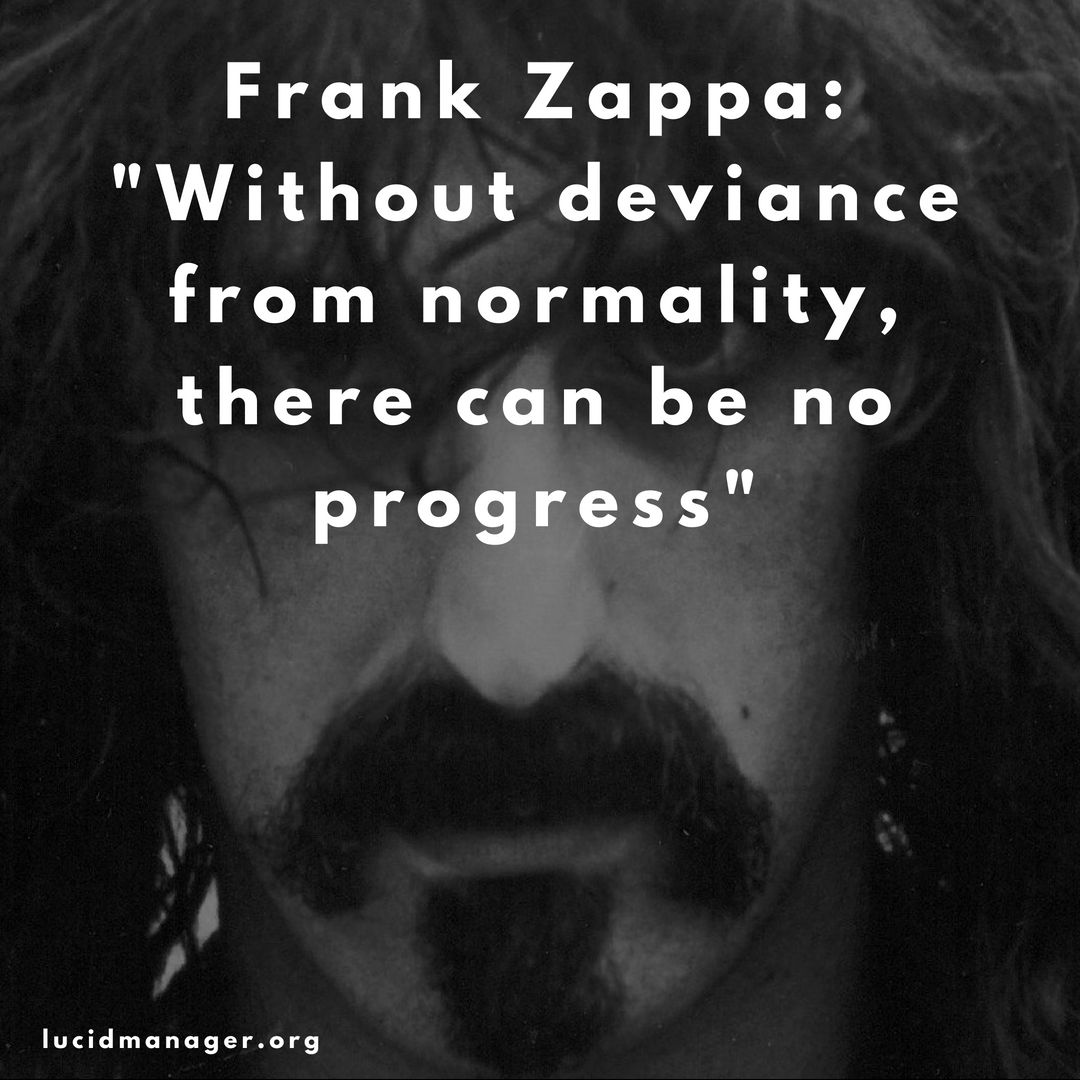
Positive Workplace Deviance and the Governance Chastity Belt

Peter Prevos |
523 words | 3 minutes
Share this content
According to popular history, when European knights left for the holy land during the crusades, they fitted their wives with a nasty iron chastity belt to guarantee their fidelity. These devices were a crude method to enforce chaste behaviour because the Knights did not trust their wives while on their holy tour of duty. It is unlikely that chastity belts actually prevented any lonely woman from expressing natural desires. We can apply this lesson from history also to contemporary management and the rise of governance.
The paper chastity belt is a device to prevent deviant behaviour in the workplace. While necessary, such a device also stifles innovation. Lucid Managers practice positive deviance to enable their natural desire to innovate.
Organisational Chastity Belt
The chastity belt is making a comeback—and not only with contemporary connoisseurs of erotic bondage. The Global Financial Crisis has driven an increased focus on governance in organisations. Therefore, we have more risk management, more red tape, more creativity stifling procedures—more paper chastity belts.
These procedural chastity belts serve the same purpose as the medieval metal contraptions. A lack of trust in the ability of people to make the right decisions on your behalf often leads to a perceived need for corporate chastity belts. Chastity belts replace trust with a power dynamic.
Procedural chastity belts, just like their physical counterparts, are not foolproof methods to ensure chaste behaviour of wives nor of managers. Employees will circumvent any device that replaces trust when the motivation and the reward for deviance outweigh the risks.
The key to unlocking the regulatory chastity belt is to look at your processes and unravel them. Procedures should enable people to achieve objectives. They should not be the final word on how employees do their job. The people that write these procedures are after-all not all-knowing gods of management.
Positive Workplace Deviance
Lucid managers allow for positive workplace deviance, and they enable the employees to make their judgement on how to best achieve goals, instead of using red-tape.
Deviant Behaviour has a bad name for obvious reasons. We all know people who behave negatively in the workplace, even resorting to bullying or harassment. Positive workplace deviance is not about embracing your Machiavellian tendencies but more about breaking unwritten rules to progress organisational objectives. To think outside the box, to use a cheesy metaphor, requires you to bend the rules to shift reality.
A popular meme to express this idea is "not to give a fuck". Some authors censor one of these words with asterisks, but that goes against the spirit of the term. This somewhat crude popular wisdom does not imply that you can rampage your way through the workplace without caring about the consequences. Positive workplace deviance is the subtle art of crafting your niche within your organisation or your industry.
A Lucid Manager always asks why unwritten business rules exist and seek inspiration in playing little thought experiments to test the boundaries of the traditions within an organisation. Those trying to use positive workplace deviance to can find inspiration from the great Frank Zappa who famously said:

Share this content


